The snap presidential elections were called after former President Ebrahim Raisi died in a helicopter crash in May this year. The race, tightly controlled, featured four candidates
Iran will have a run-off election on July 5 because neither hardline candidate Saeed Jalili, 58, nor reformist candidate Massoud Pezeshkian, 70, secured the required 50 per cent of the votes polled in the presidential race.
As of Saturday, June 30, more than 25 million votes had been counted. Moderate lawmaker Pezeshkian led with over 10 million votes, slightly ahead of hardline diplomat Jalili, who bagged over 9.4 million votes. According to provisional results from the interior ministry, both candidates received around 40% of the vote, necessitating a second round of voting.
The snap presidential elections were called after former President Ebrahim Raisi died in a helicopter crash in May this year. The race, tightly controlled, featured four candidates. Although the election outcome is unlikely to lead to major policy changes since Supreme leader Ayatollah Ali Khamenei holds ultimate power, it will influence Iran’s foreign and domestic policies.
FUTURE OF IRAN’S LEADERSHIP
With Iran’s supreme leader now 85 years old, the next president will likely play a key role in selecting Khamenei’s successor. Insiders and analysts suggest that Khamenei desires a fiercely loyal president to ensure a smooth transition when the time comes.
Jalili, known for his uncompromising hardline stance and close ties to Khamenei, sharply contrasts with Pezeshkian, who supports better relations with the West, social reforms and liberalisation. A win for mild-mannered lawmaker Pezeshkian could help reduce tensions with the West and increase chances of economic reforms.
Although Pezeshkian supports Iran’s theocratic rule, he is backed by the reformist faction, which has been largely marginalised in recent years. Pezeshkian vowed to uphold the hijab law, but promised that there would be no intrusive or inhumane treatment of women.
Pezeshkian was an infantry and medic on the frontlines of the 1980-1988 Iran-Iraq War. At the end of the war, he chose cardiac surgery as his speciality. Pezeshkian represents the ethnic Azeri-majority province of West Azerbaijan in northwest Iran. A medical doctor by profession, he previously served as health minister. Pezeshkian’s records are clean and he has not faced any corruption charges and there has been no breath of scandals despite his over-20-year political career.
In contrast, Jalili is deeply loyal to the supreme leader and staunchly upholds the hardline principles of the 1979 Islamic Revolution. He is now part of a group that helps resolve disagreements between Parliament and the Guardian Council, which is in charge of approving presidential candidates. He was also staunchly against the 2015 Iranian nuclear deal with the US. Jalili held the constitutional post of deputy foreign minister from 2005 to 2007.
IRAN POLL RULES, CONTROVERSIES
More than 61 million Iranians aged 18 and over were eligible to vote, with about 18 million of them between the ages of 18 and 30. Meanwhile, Iranian activists and Opposition groups widely distributed the X hashtag #ElectionCircus on social media, aiming for regime change.
According to the rules, if no candidate gets at least 50 per cent plus one of the total votes, including blank ballots, a run-off election between the top two candidates will be held on the first Friday after announcement of the results.
The hardline oversight body, known as the Guardian Council, consisting of six clerics and six jurists aligned with Khamenei, is responsible for selecting presidential candidates. Out of an initial pool of 80, only six candidates were chosen. On Thursday (June 27), two hardline candidates left the race—Tehran mayor Alireza Zakani and head of the Martyrs’ Foundation Amir-Hossein Ghazizadeh Hashemi.
Similar to the 1979 Islamic Revolution, women and advocates for radical change were excluded from the ballot and international observers were prohibited from monitoring the ongoing elections.
ELECTION AMID RISING TENSIONS
The election is taking place during heightened regional tensions, partly due to the conflict between Israel and its Iranian-backed allies, the Hamas in Gaza, and the Hezbollah in Lebanon.
International pressure on Iran has also been growing, especially from the West, because of its swiftly progressing nuclear programme. Under Raisi’s leadership, Iran’s relations with the West worsened due to his hardline stance on the nuclear issue and internal challenges.
(The author of this article is a Defence, Aerospace & Political Analyst based in Bengaluru. He is also Director of ADD Engineering Components, India, Pvt. Ltd, a subsidiary of ADD Engineering GmbH, Germany. You can reach him at: girishlinganna@gmail.com)
(Disclaimer: The views expressed above are the author's own and do not reflect those of DNA)
![submenu-img]() Ex-India star takes a dig at Riyan Parag over his bizzare T20 World Cup remark, says, 'First be patriotic, then…'
Ex-India star takes a dig at Riyan Parag over his bizzare T20 World Cup remark, says, 'First be patriotic, then…'![submenu-img]() Kakuda trailer: Sonakshi Sinha, Riteish Deshmukh, Saqib Saleem team up to get rid of a ghostly curse in spooky comedy
Kakuda trailer: Sonakshi Sinha, Riteish Deshmukh, Saqib Saleem team up to get rid of a ghostly curse in spooky comedy![submenu-img]() From Launch to Leadership: Logistics Expert Streamlines Operations Across the Americas
From Launch to Leadership: Logistics Expert Streamlines Operations Across the Americas![submenu-img]() ISRO’s Aditya-L1 completes first halo orbit around Sun-Earth L1 point in….
ISRO’s Aditya-L1 completes first halo orbit around Sun-Earth L1 point in….![submenu-img]() Amazon Prime Day sale date announced; check details
Amazon Prime Day sale date announced; check details![submenu-img]() Meet woman who cleared UPSC exam at 21, bagged AIR 13 but didn't become IAS due to...
Meet woman who cleared UPSC exam at 21, bagged AIR 13 but didn't become IAS due to...![submenu-img]() Meet daughter of vegetable vendor whose mother mortgaged gold for her studies, failed to crack UPSC exam 4 times then...
Meet daughter of vegetable vendor whose mother mortgaged gold for her studies, failed to crack UPSC exam 4 times then...![submenu-img]() UPSC Prelims Result 2024 declared at upsc.gov.in; get direct link here
UPSC Prelims Result 2024 declared at upsc.gov.in; get direct link here![submenu-img]() Meet woman who studied six hours daily, cracked UPSC exam at 23 to become IAS officer, currently posted at...
Meet woman who studied six hours daily, cracked UPSC exam at 23 to become IAS officer, currently posted at...![submenu-img]() Meet man, hired for record-breaking package, not from IIT, IIM, his salary is...
Meet man, hired for record-breaking package, not from IIT, IIM, his salary is...![submenu-img]() DNA Verified: Did Kangana Ranaut party with gangster Abu Salem? Actress reveals who's with her in viral photo
DNA Verified: Did Kangana Ranaut party with gangster Abu Salem? Actress reveals who's with her in viral photo![submenu-img]() DNA Verified: New Delhi Railway Station to be closed for 4 years? Know the truth here
DNA Verified: New Delhi Railway Station to be closed for 4 years? Know the truth here![submenu-img]() DNA Verified: Did RSS chief Mohan Bhagwat praise Congress during Lok Sabha Elections 2024? Know the truth here
DNA Verified: Did RSS chief Mohan Bhagwat praise Congress during Lok Sabha Elections 2024? Know the truth here![submenu-img]() DNA Verified: Is CAA an anti-Muslim law? Centre terms news report as 'misleading'
DNA Verified: Is CAA an anti-Muslim law? Centre terms news report as 'misleading'![submenu-img]() DNA Verified: Lok Sabha Elections 2024 to be held on April 19? Know truth behind viral message
DNA Verified: Lok Sabha Elections 2024 to be held on April 19? Know truth behind viral message![submenu-img]() In pics: India beat South Africa by 7 runs to lift second T20 World Cup title
In pics: India beat South Africa by 7 runs to lift second T20 World Cup title![submenu-img]() Alia Bhatt mesmerises in gown, Ranbir Kapoor looks classy in tuxedo in latest romantic photos, fans say 'couple goals'
Alia Bhatt mesmerises in gown, Ranbir Kapoor looks classy in tuxedo in latest romantic photos, fans say 'couple goals'![submenu-img]() Newlyweds Sonakshi Sinha-Zaheer Iqbal pose candidly with paps; Anil Kapoor, Kajol, Huma Qureshi attend wedding reception
Newlyweds Sonakshi Sinha-Zaheer Iqbal pose candidly with paps; Anil Kapoor, Kajol, Huma Qureshi attend wedding reception![submenu-img]() Meet Lovekesh Kataria: Elvish Yadav's close friend, Bigg Boss OTT 3 contestant who lied to father, spent his fees on...
Meet Lovekesh Kataria: Elvish Yadav's close friend, Bigg Boss OTT 3 contestant who lied to father, spent his fees on...![submenu-img]() From Highway to Chandu Champion: 5 underrated gems from Sajid Nadiadwala
From Highway to Chandu Champion: 5 underrated gems from Sajid Nadiadwala![submenu-img]() Lok Sabha Speaker's Election: What does the Constitution say?
Lok Sabha Speaker's Election: What does the Constitution say?![submenu-img]() Explained: Why is Kerala demanding to change its name to Keralam?
Explained: Why is Kerala demanding to change its name to Keralam?![submenu-img]() DNA Explainer: What is Kafala system that is prevalent in gulf countries? Why is it considered extremely brutal?
DNA Explainer: What is Kafala system that is prevalent in gulf countries? Why is it considered extremely brutal? ![submenu-img]() Lok Sabha Elections 2024: What are exit polls? When and how are they conducted?
Lok Sabha Elections 2024: What are exit polls? When and how are they conducted?![submenu-img]() DNA Explainer: Why was Iranian president Ebrahim Raisi seen as possible successor to Ayatollah Khamenei?
DNA Explainer: Why was Iranian president Ebrahim Raisi seen as possible successor to Ayatollah Khamenei?![submenu-img]() Kakuda trailer: Sonakshi Sinha, Riteish Deshmukh, Saqib Saleem team up to get rid of a ghostly curse in spooky comedy
Kakuda trailer: Sonakshi Sinha, Riteish Deshmukh, Saqib Saleem team up to get rid of a ghostly curse in spooky comedy![submenu-img]() Divya Bharti shot for few days for this film before her death, Aishwarya, Sridevi rejected it, movie became hit after...
Divya Bharti shot for few days for this film before her death, Aishwarya, Sridevi rejected it, movie became hit after...![submenu-img]() Tahira Kashyap doesn't want Sharmajee Ki Beti to be called women-oriented: 'You make cinema for everyone' | Exclusive
Tahira Kashyap doesn't want Sharmajee Ki Beti to be called women-oriented: 'You make cinema for everyone' | Exclusive![submenu-img]() Anurag Basu reveals why he is jealous of Rajkumar Hirani: 'He has flexed his...'
Anurag Basu reveals why he is jealous of Rajkumar Hirani: 'He has flexed his...'![submenu-img]() Does Disha Patani's new 'PD' tattoo confirm she is dating Kalki co-star Prabhas? Know real story behind ink | Exclusive
Does Disha Patani's new 'PD' tattoo confirm she is dating Kalki co-star Prabhas? Know real story behind ink | Exclusive![submenu-img]() Amazon Prime Day sale date announced; check details
Amazon Prime Day sale date announced; check details![submenu-img]() Gold mangalsutras, silver rings and...: Mukesh Ambani, Nita Ambani’s gifts to 50 couples at mass wedding; watch video
Gold mangalsutras, silver rings and...: Mukesh Ambani, Nita Ambani’s gifts to 50 couples at mass wedding; watch video![submenu-img]() Watch: Mukesh Ambani, Nita, Isha, Akash attend mass wedding ahead of Anant and Radhika Merchant's marriage
Watch: Mukesh Ambani, Nita, Isha, Akash attend mass wedding ahead of Anant and Radhika Merchant's marriage![submenu-img]() This is why Albert Einstein dropped out of school
This is why Albert Einstein dropped out of school![submenu-img]() Watch: Rahul Dravid’s emotional farewell speech in dressing room, thanks Rohit Sharma for November…
Watch: Rahul Dravid’s emotional farewell speech in dressing room, thanks Rohit Sharma for November…

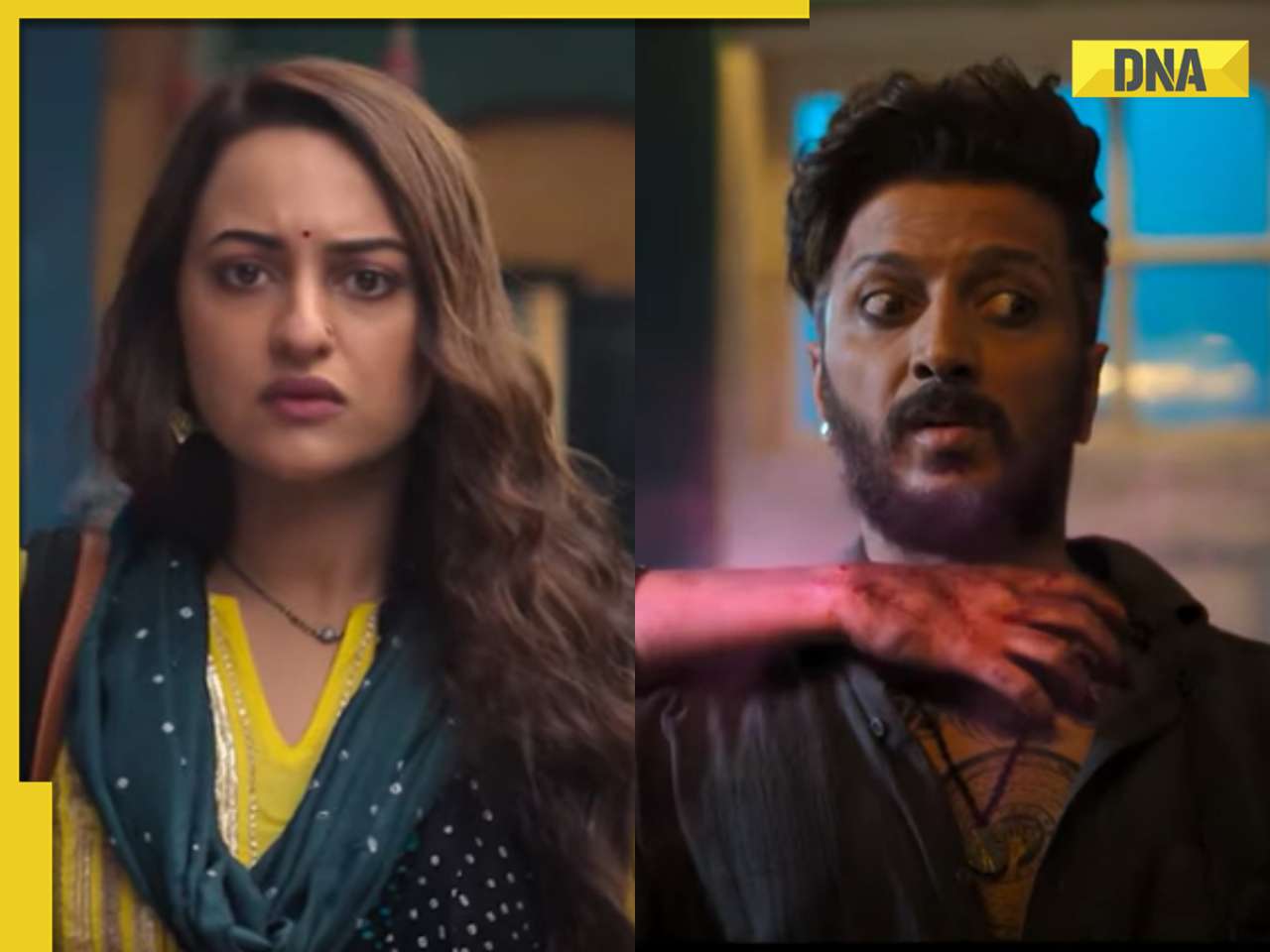
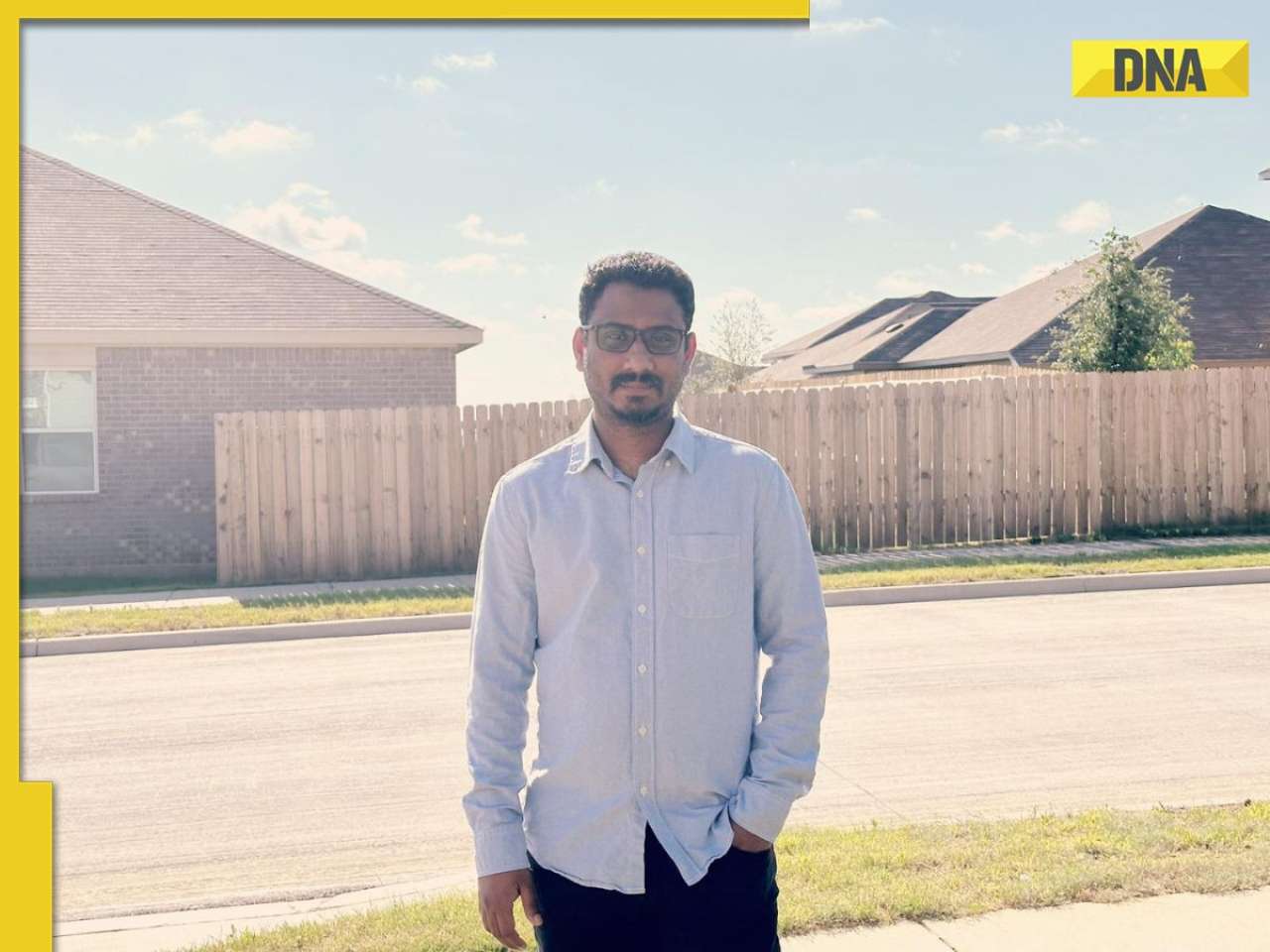
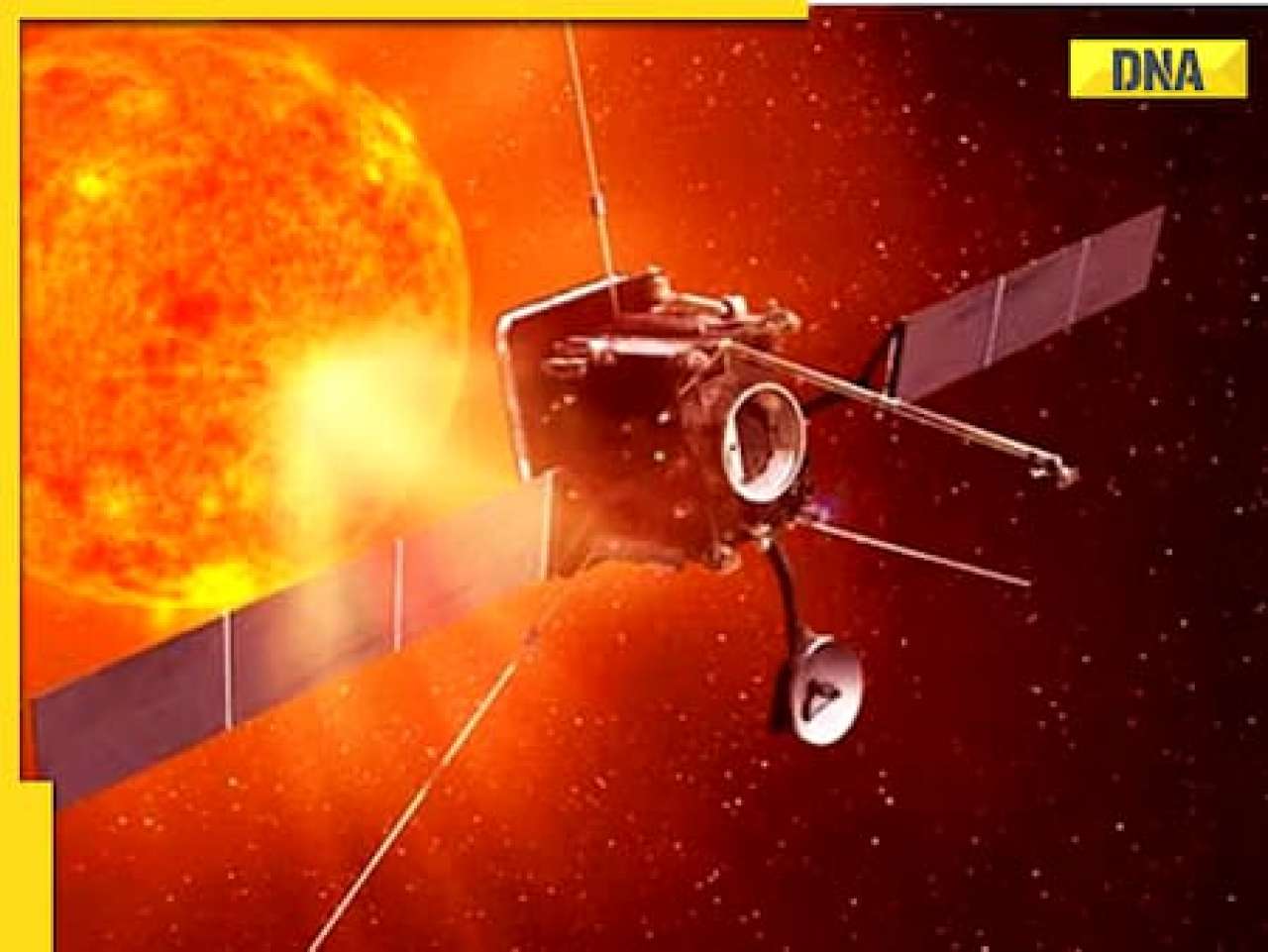






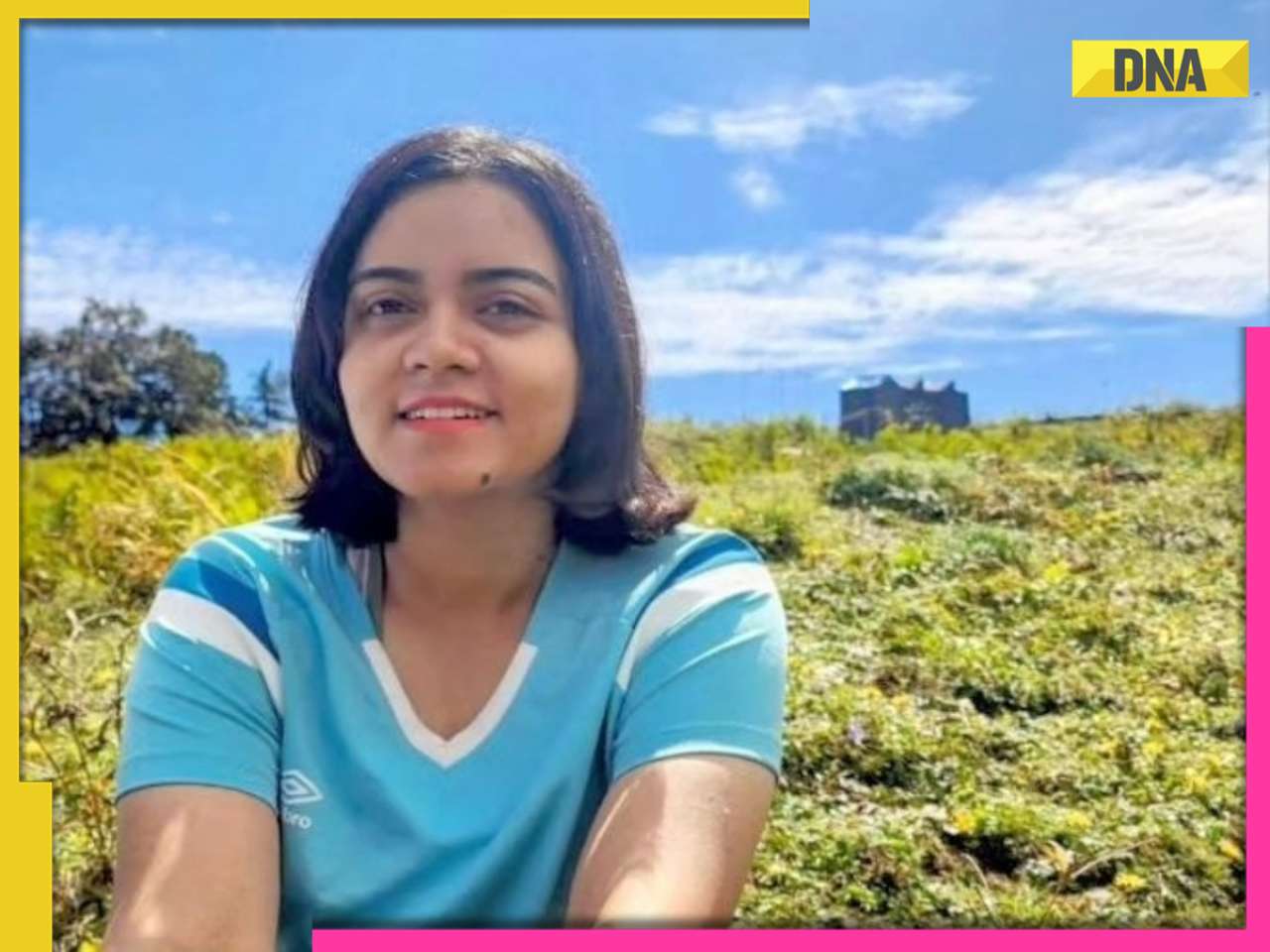
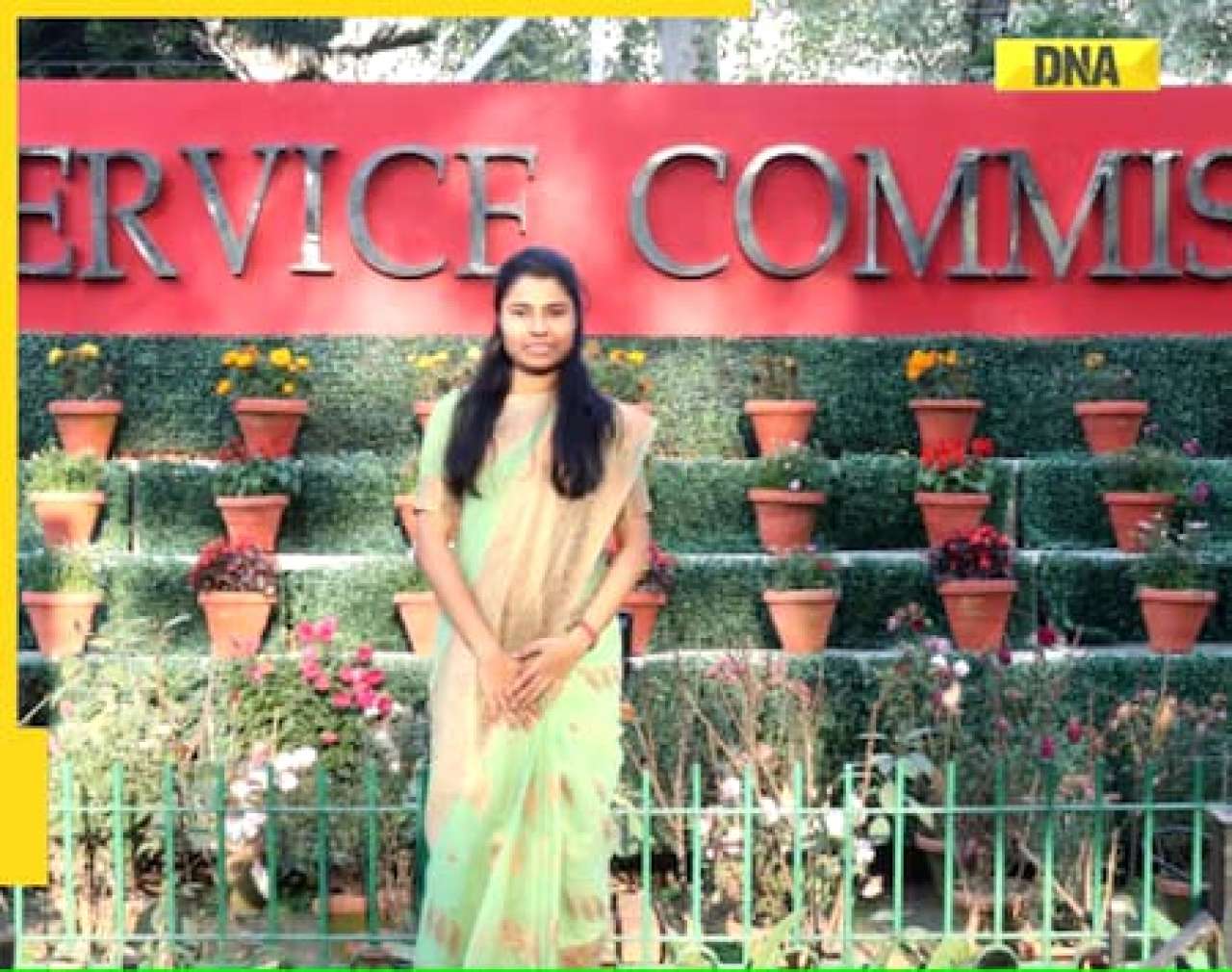

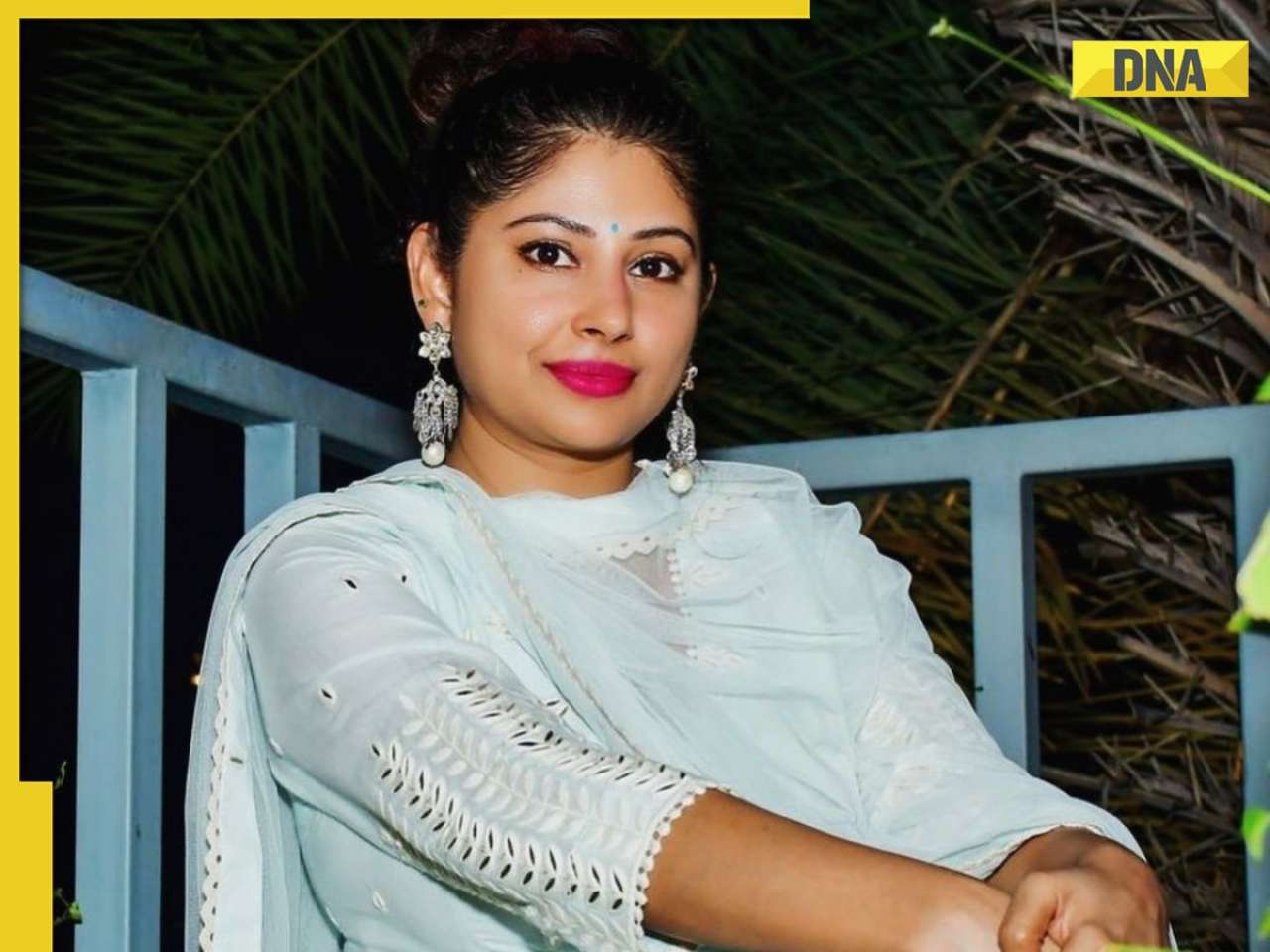







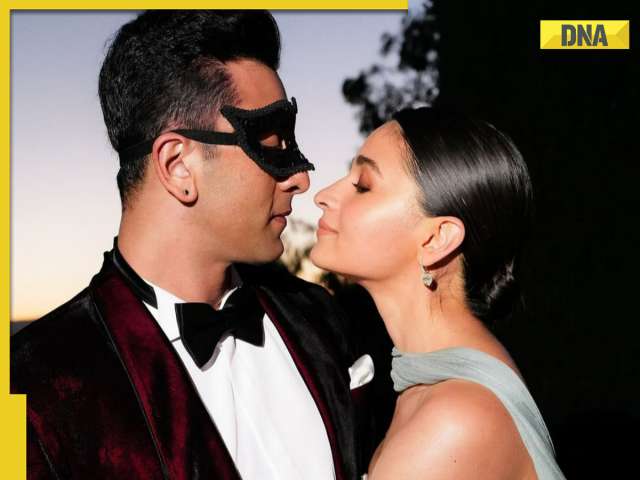

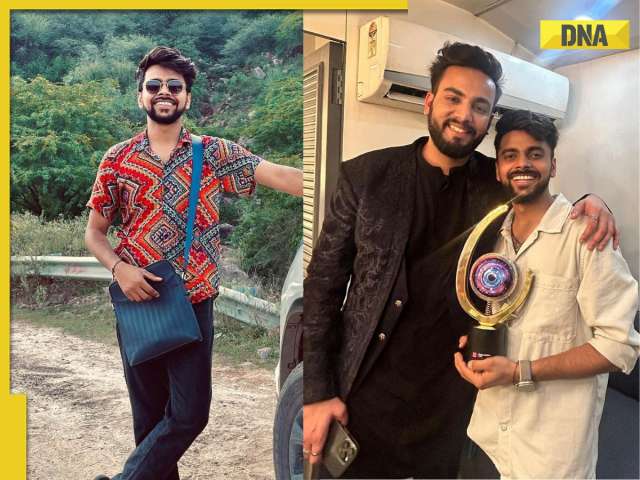
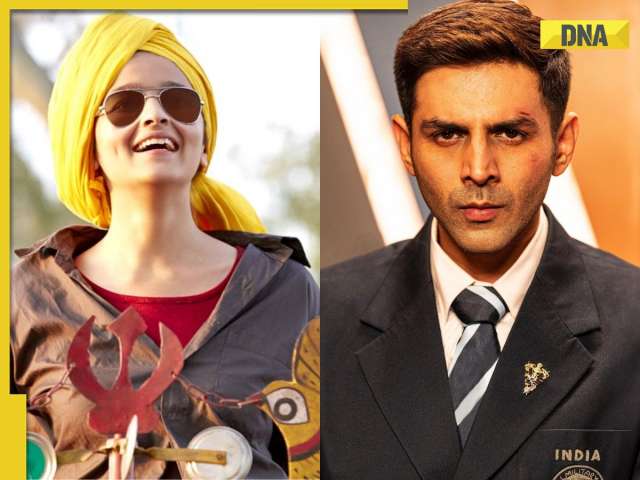


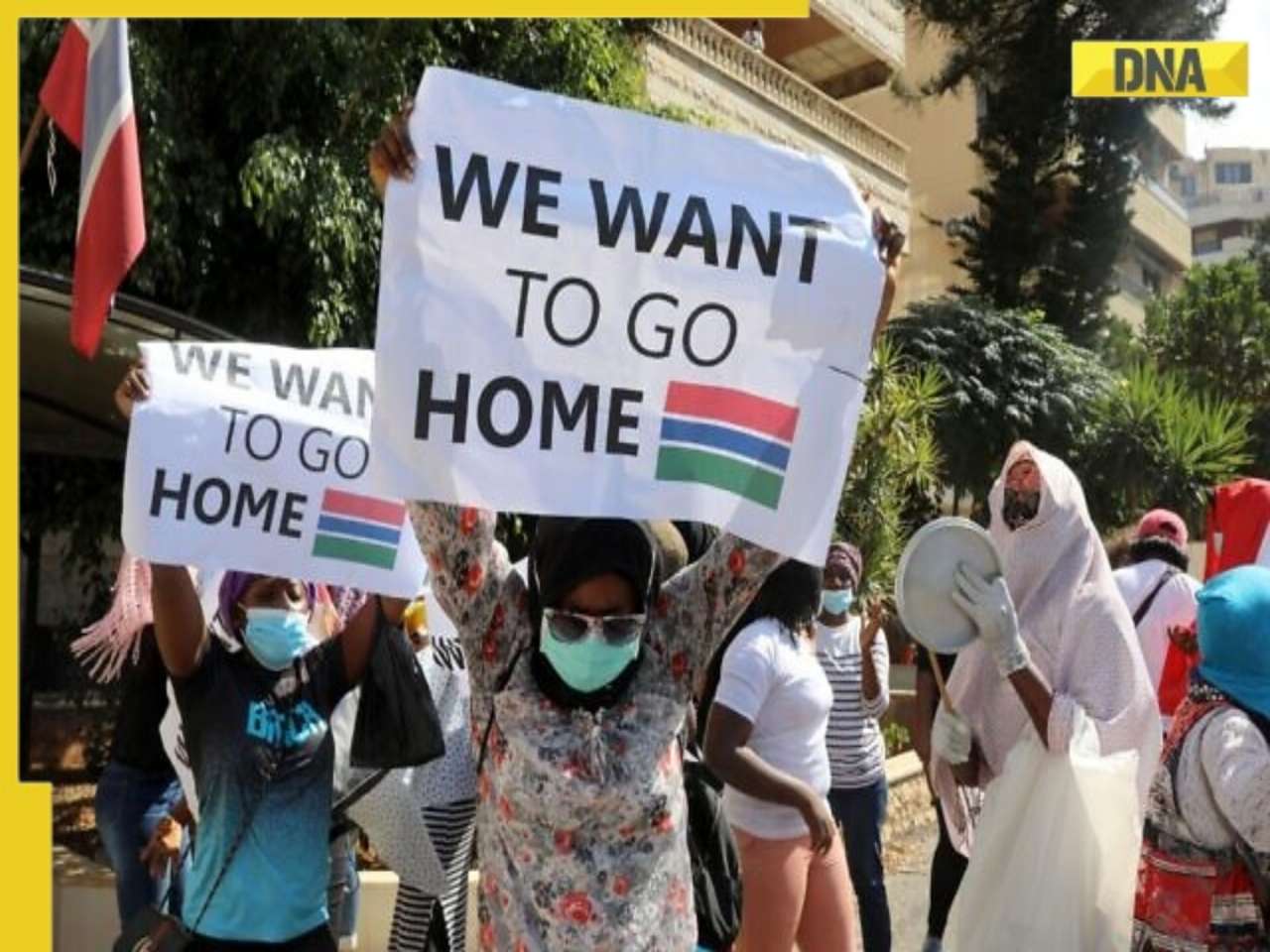
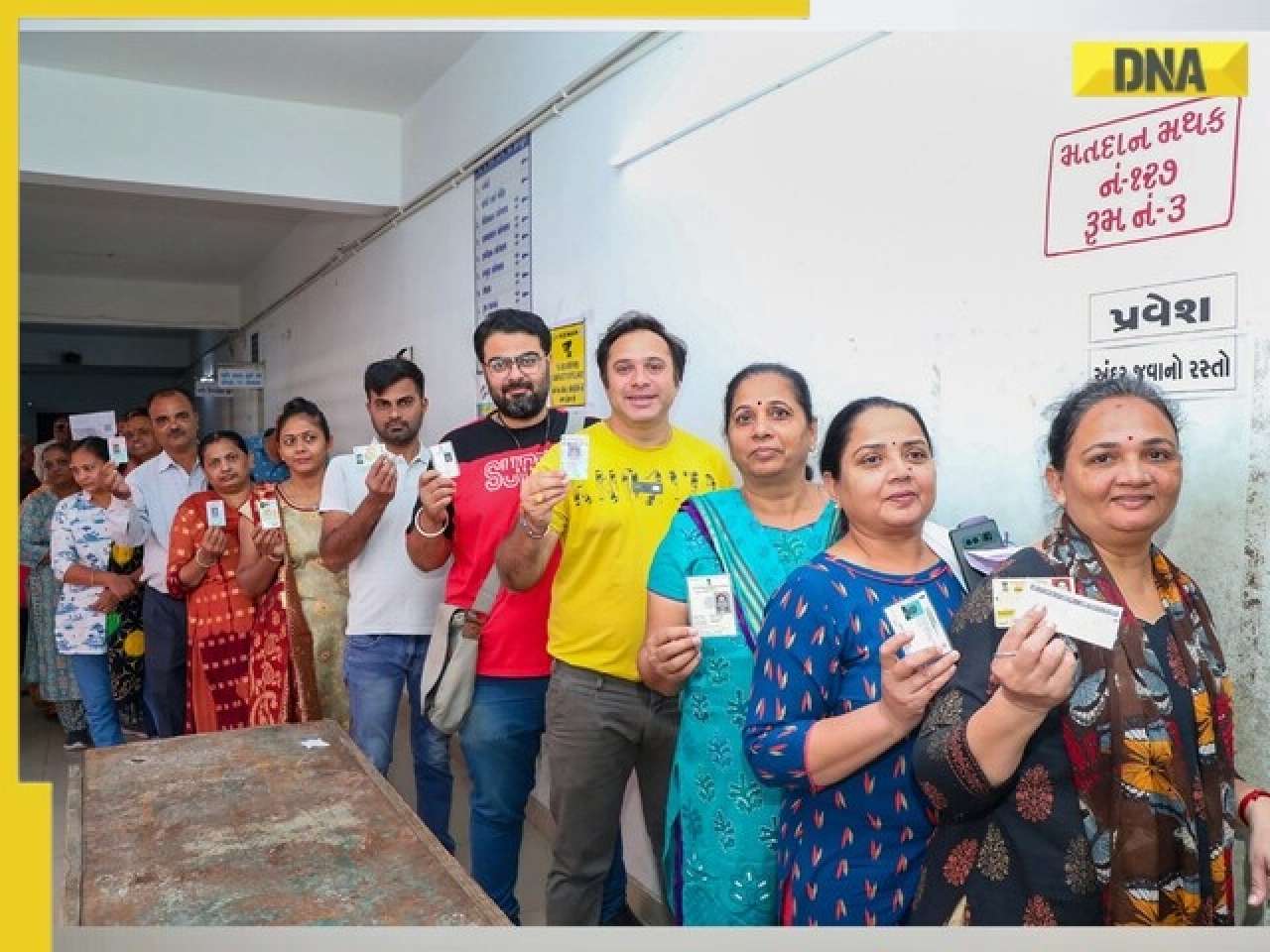

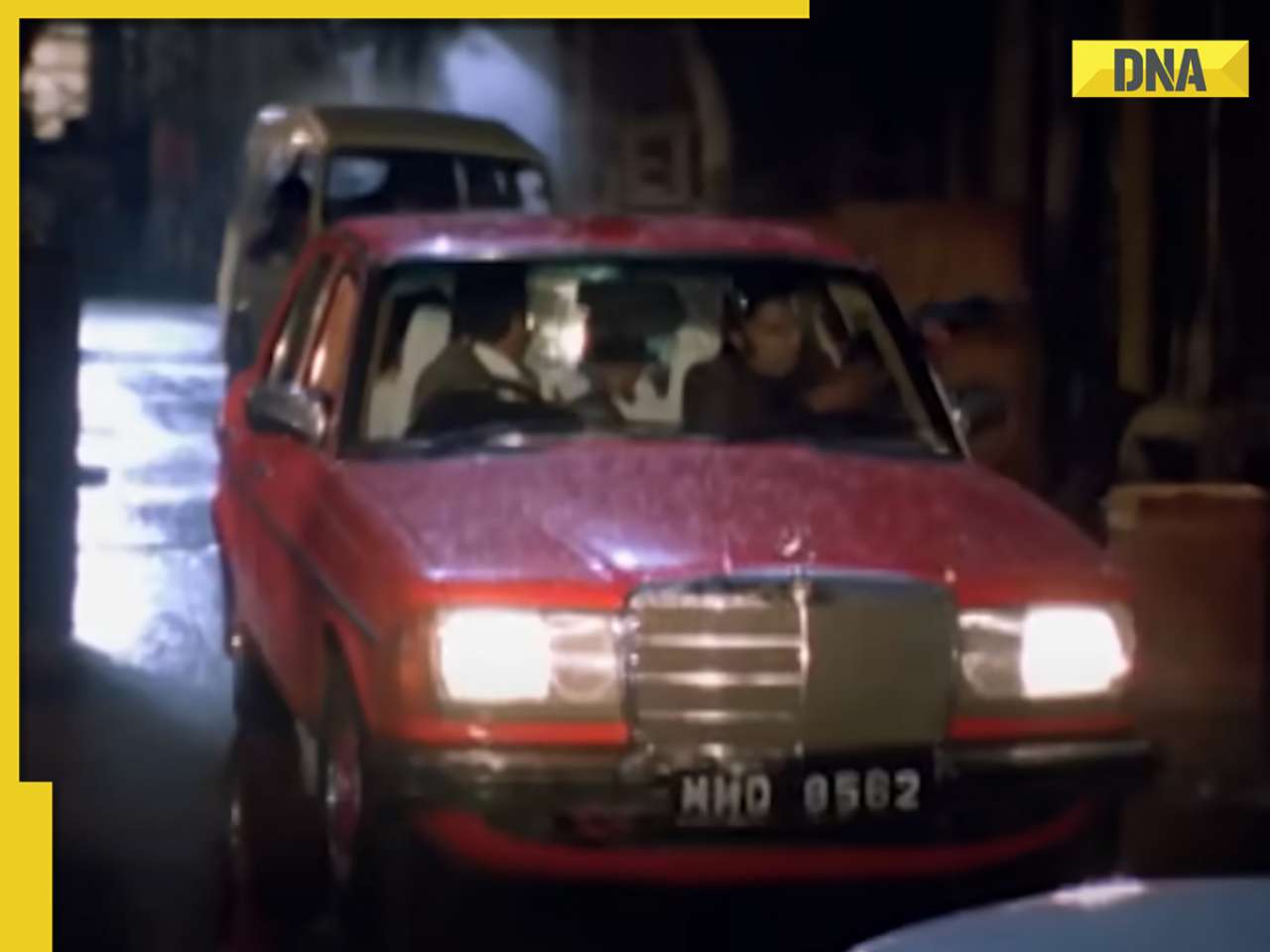

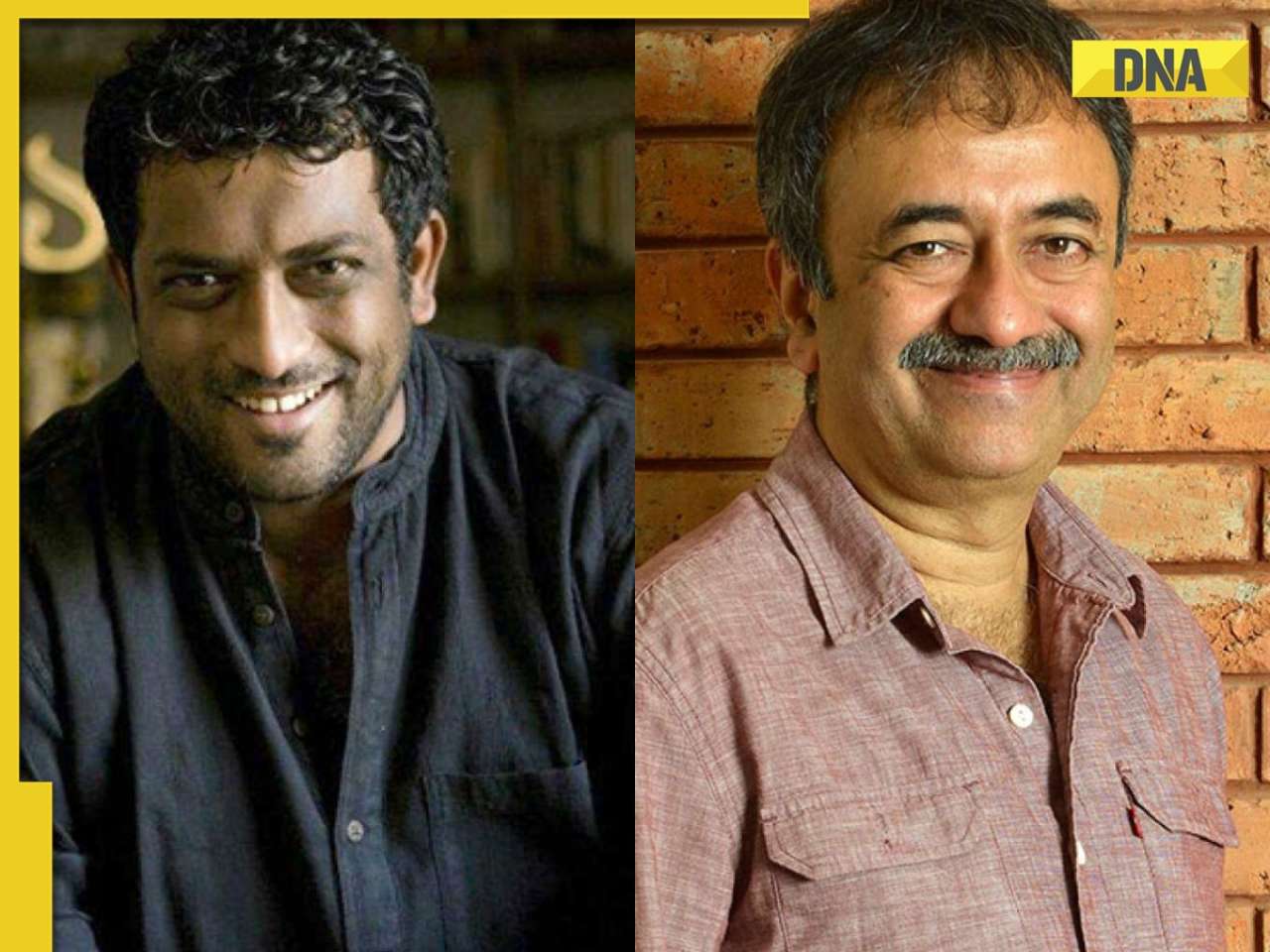

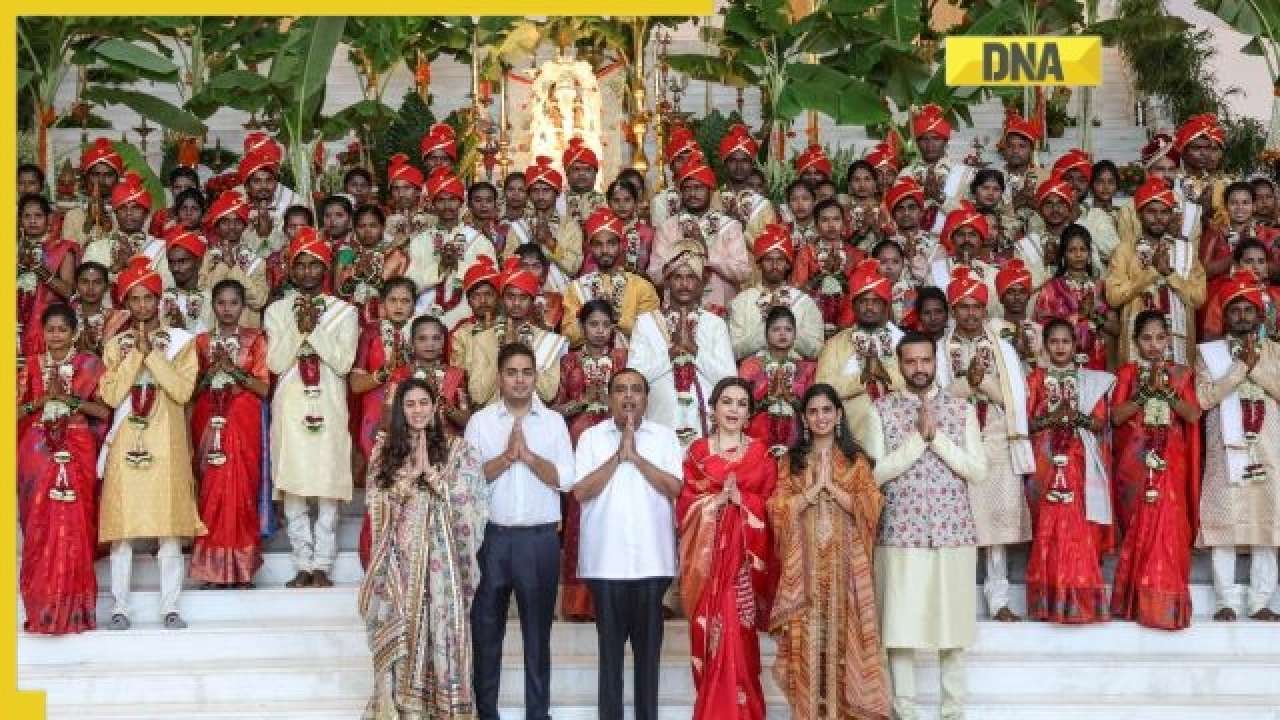

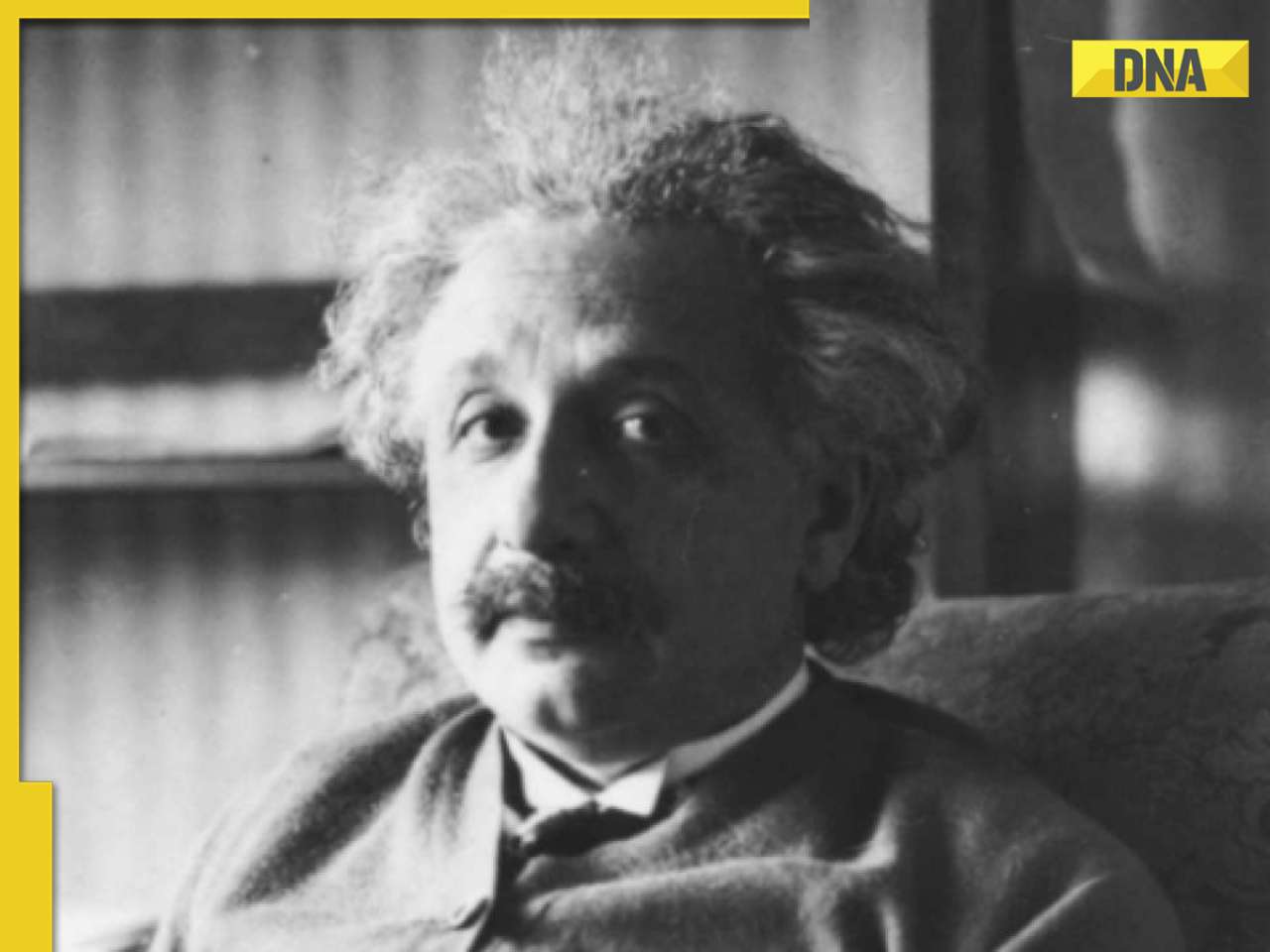
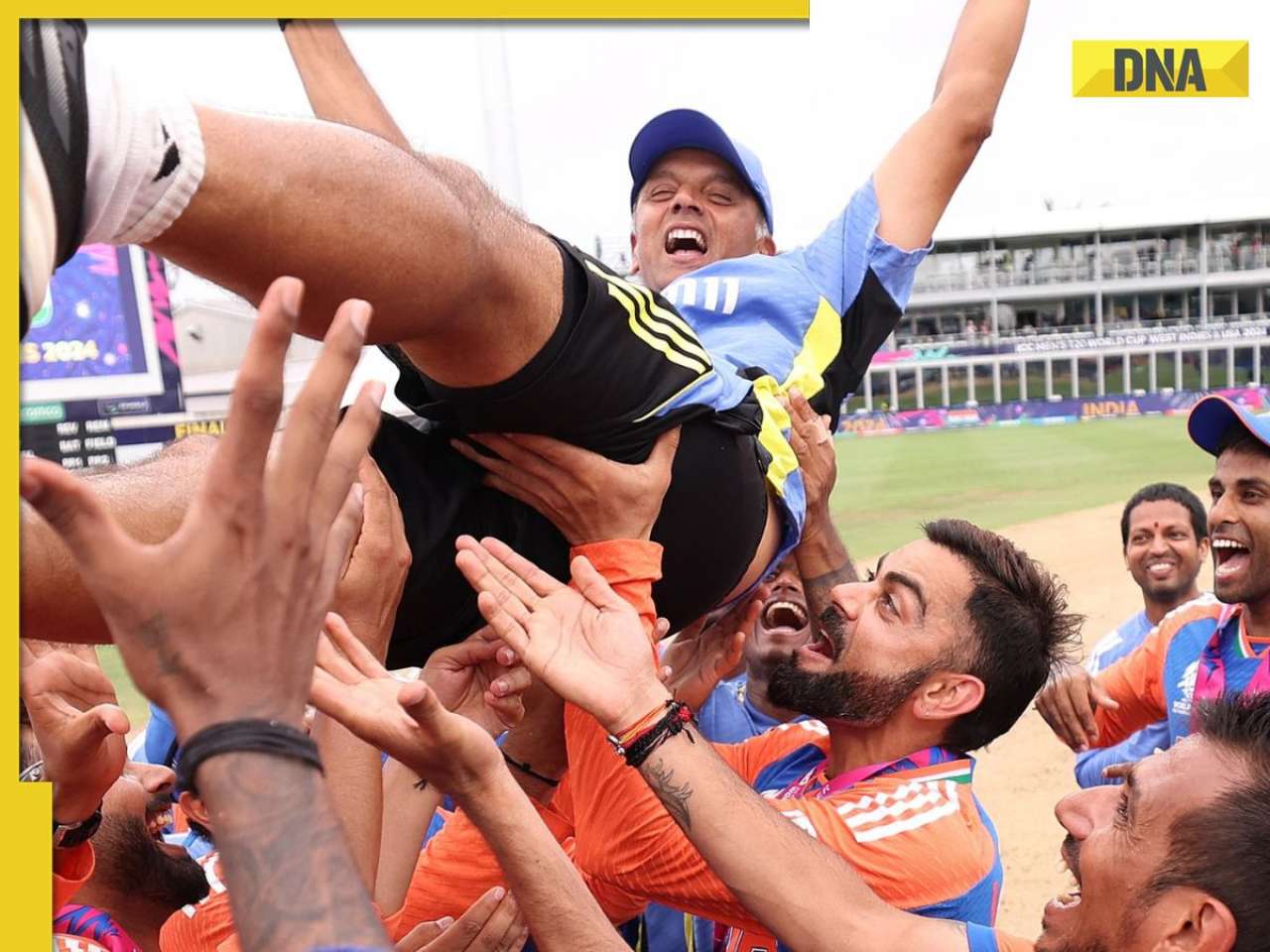

)

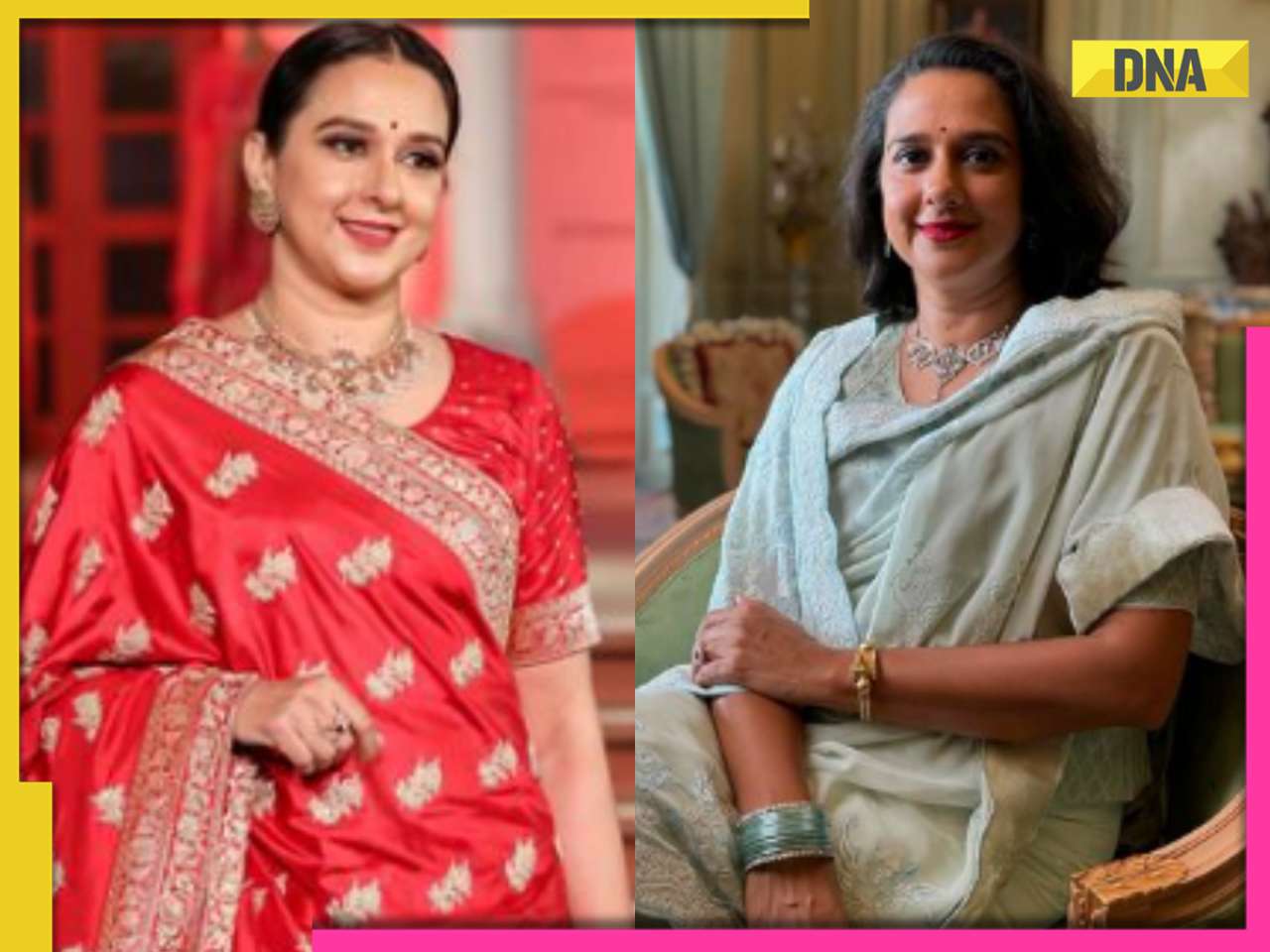
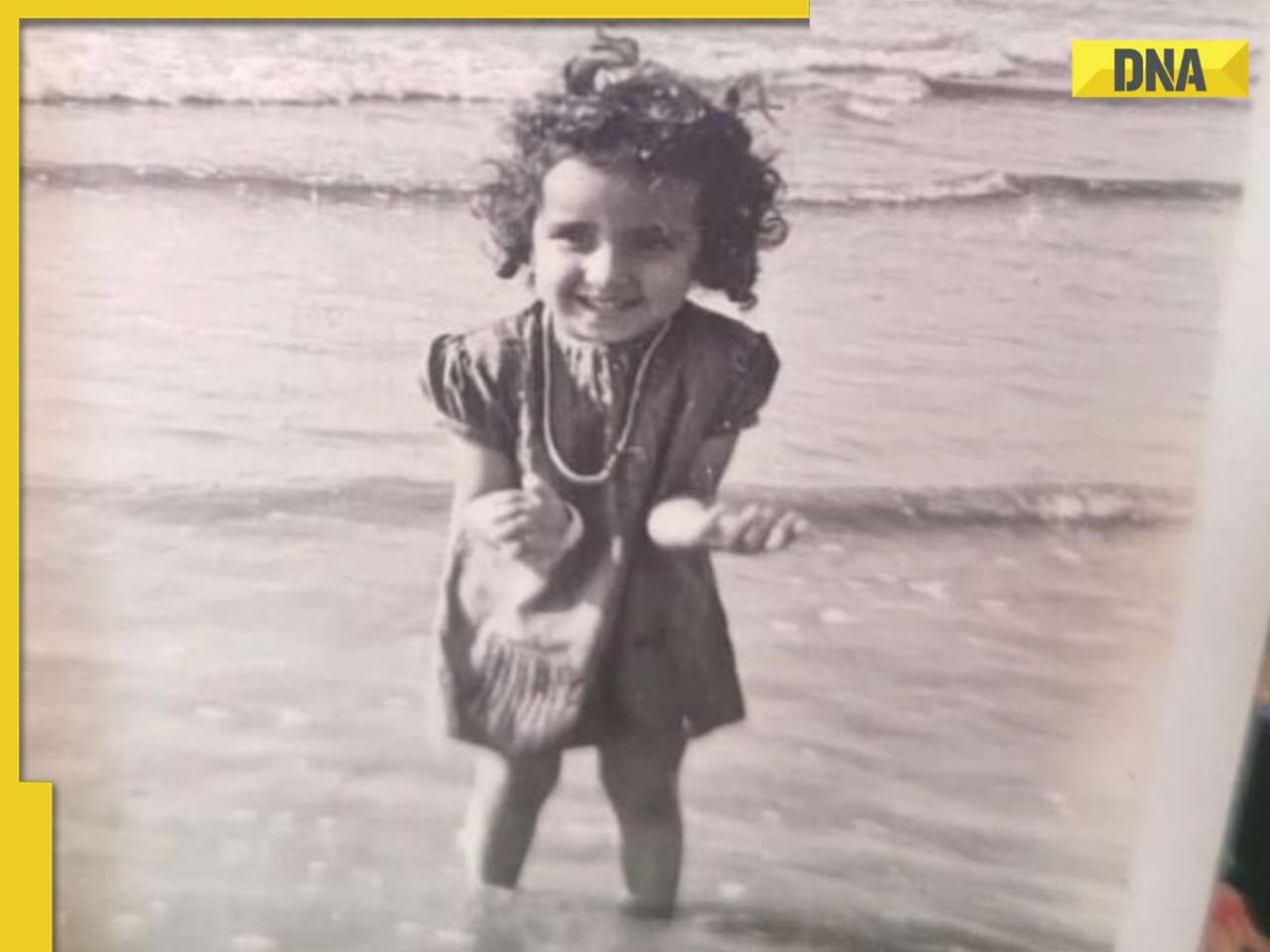
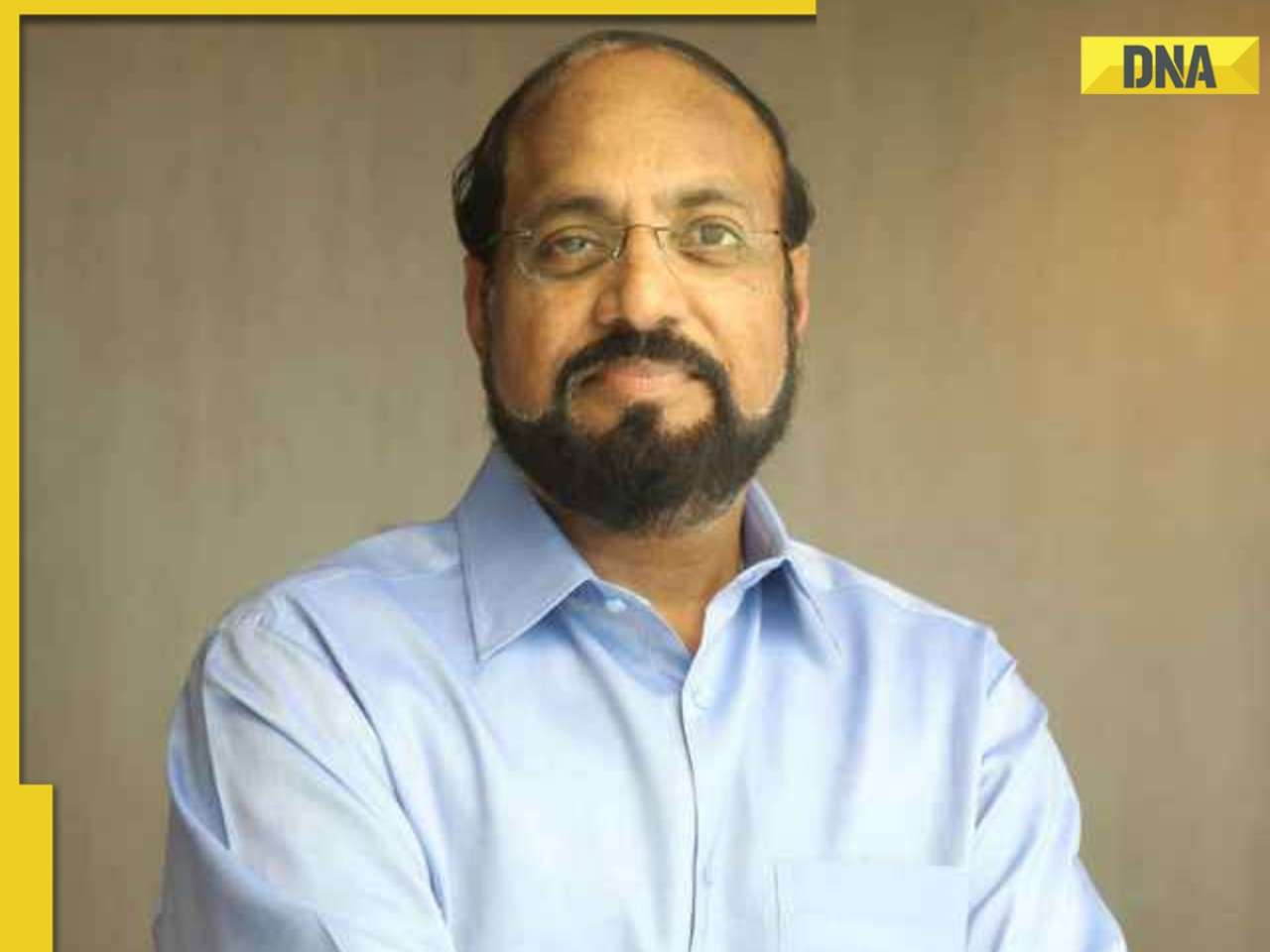
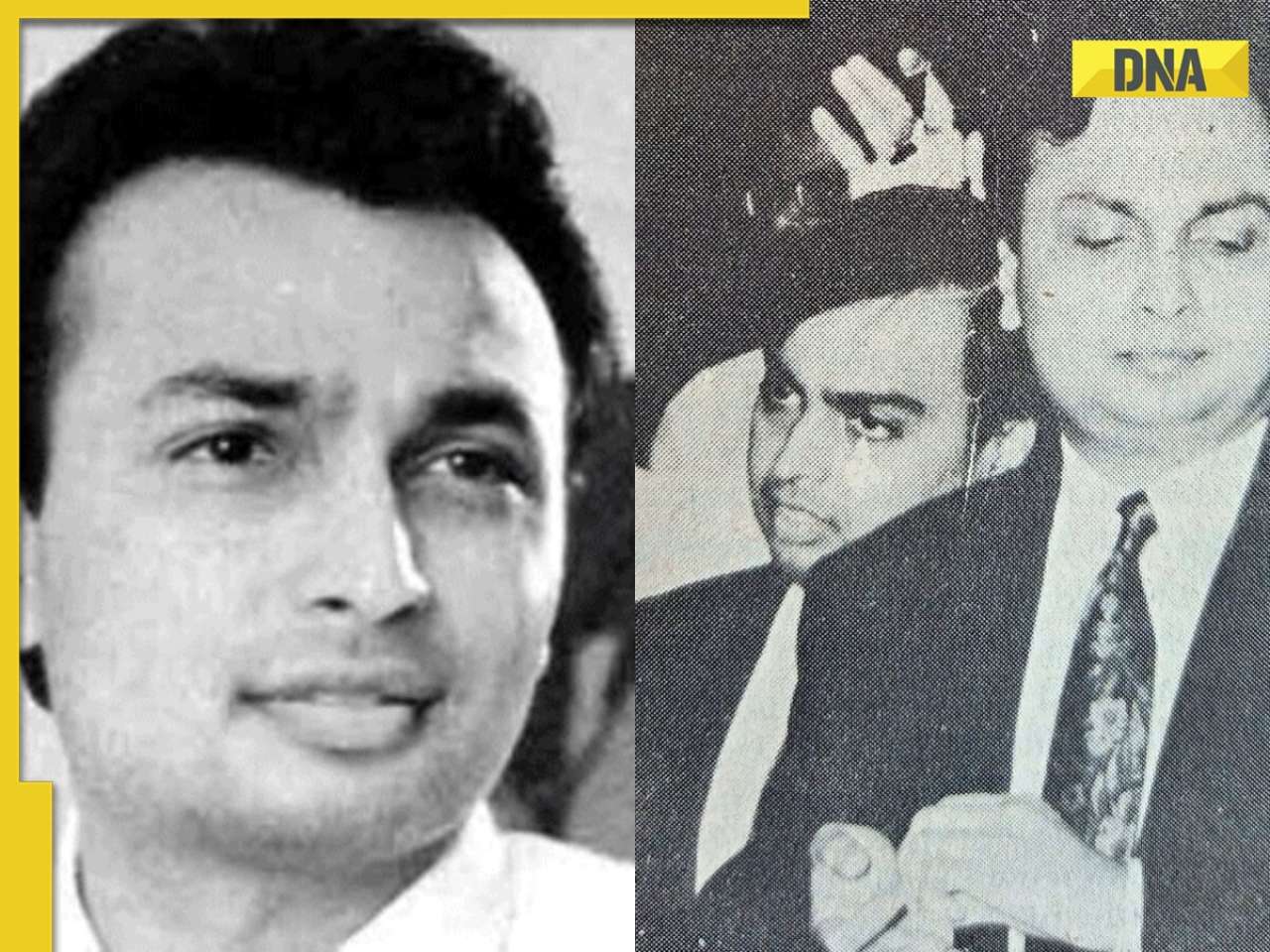
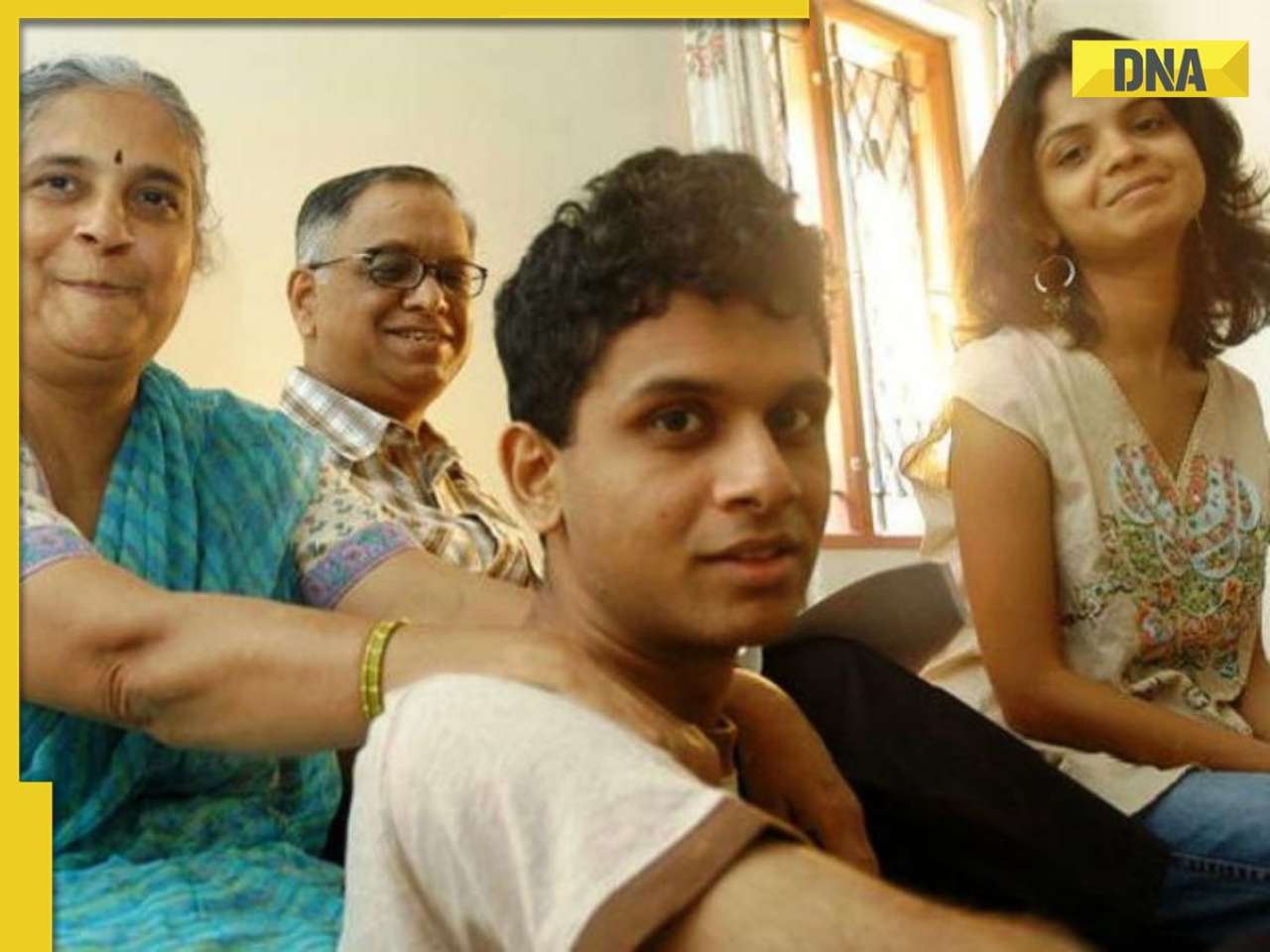
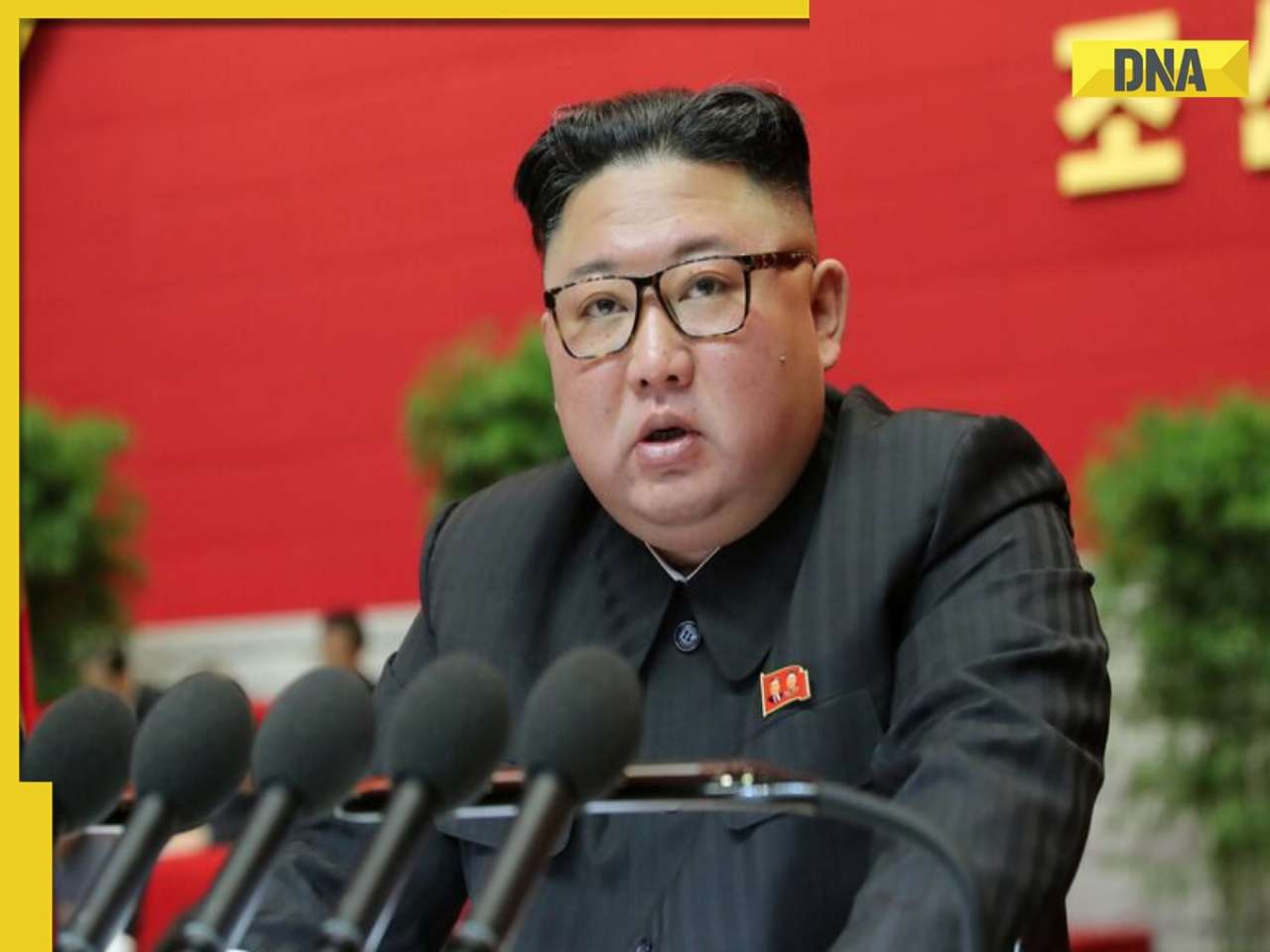
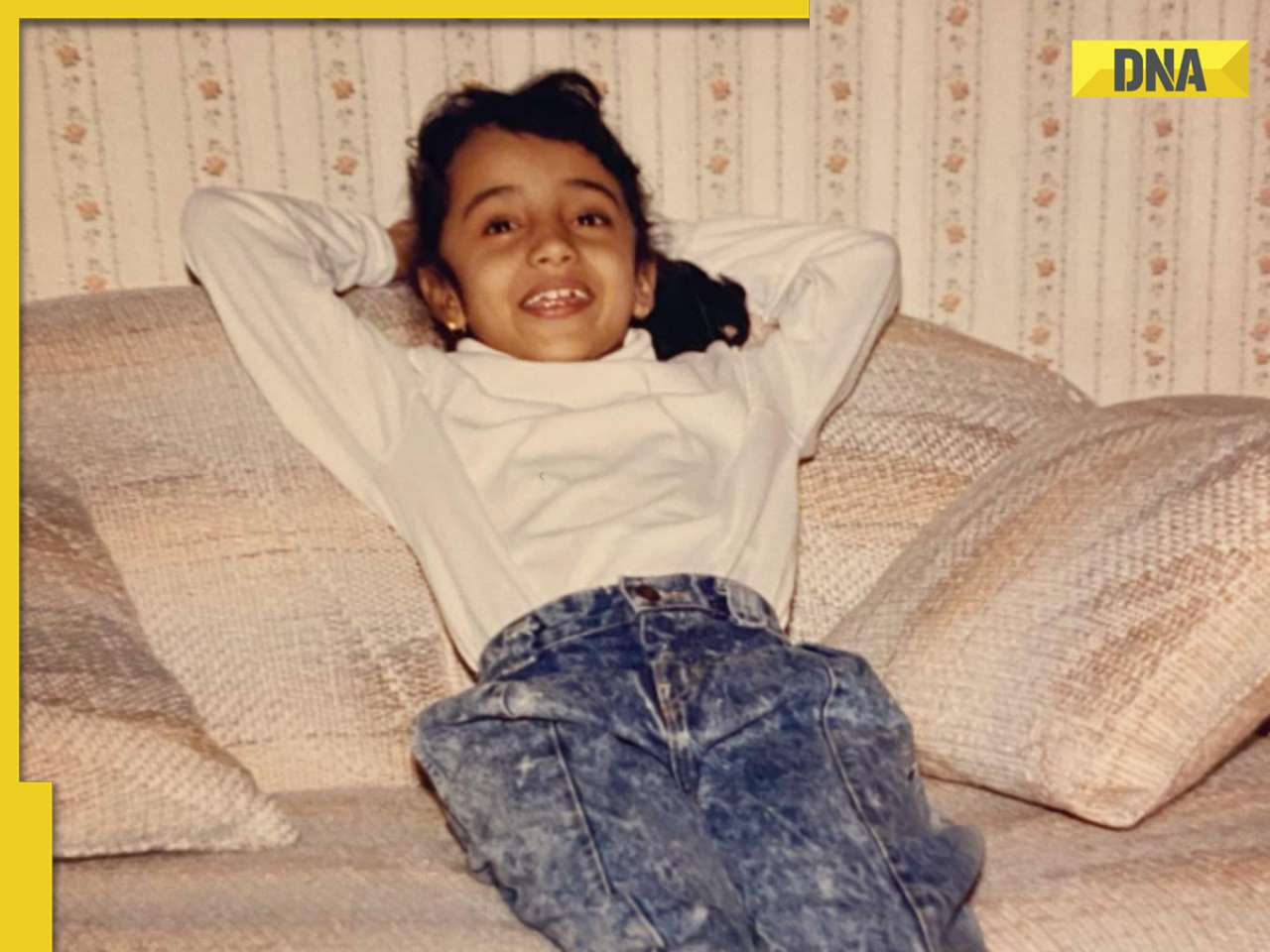
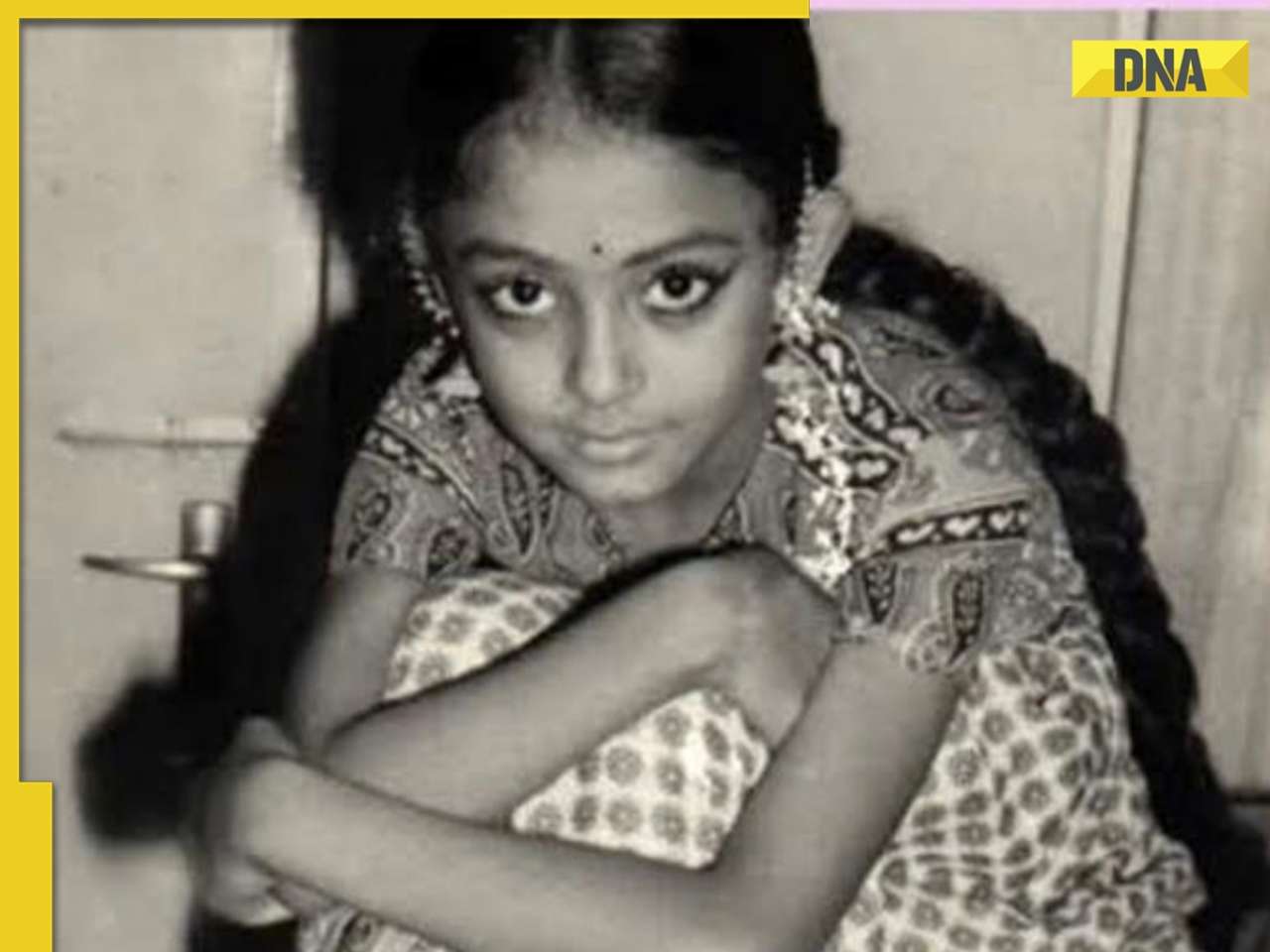

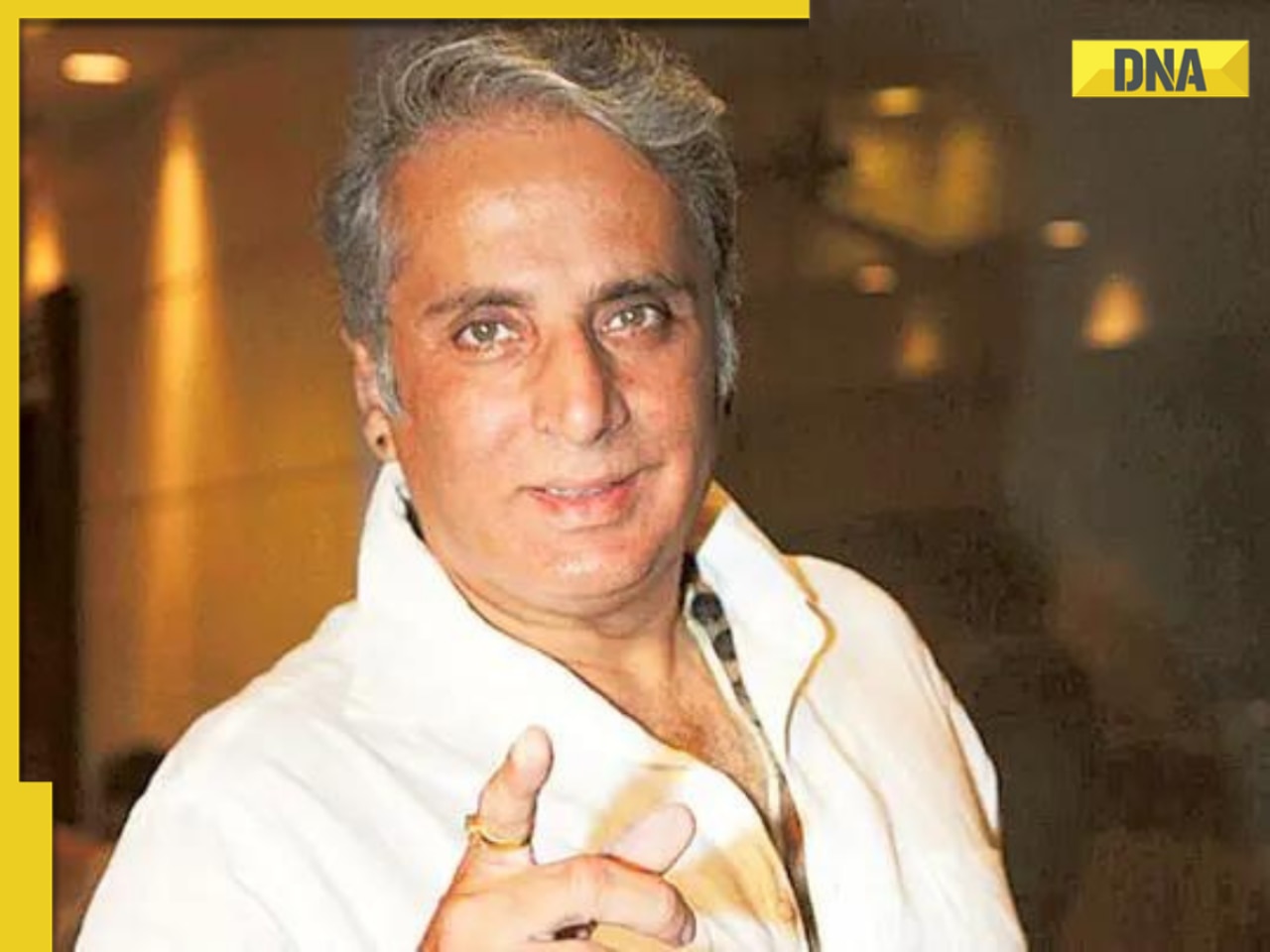
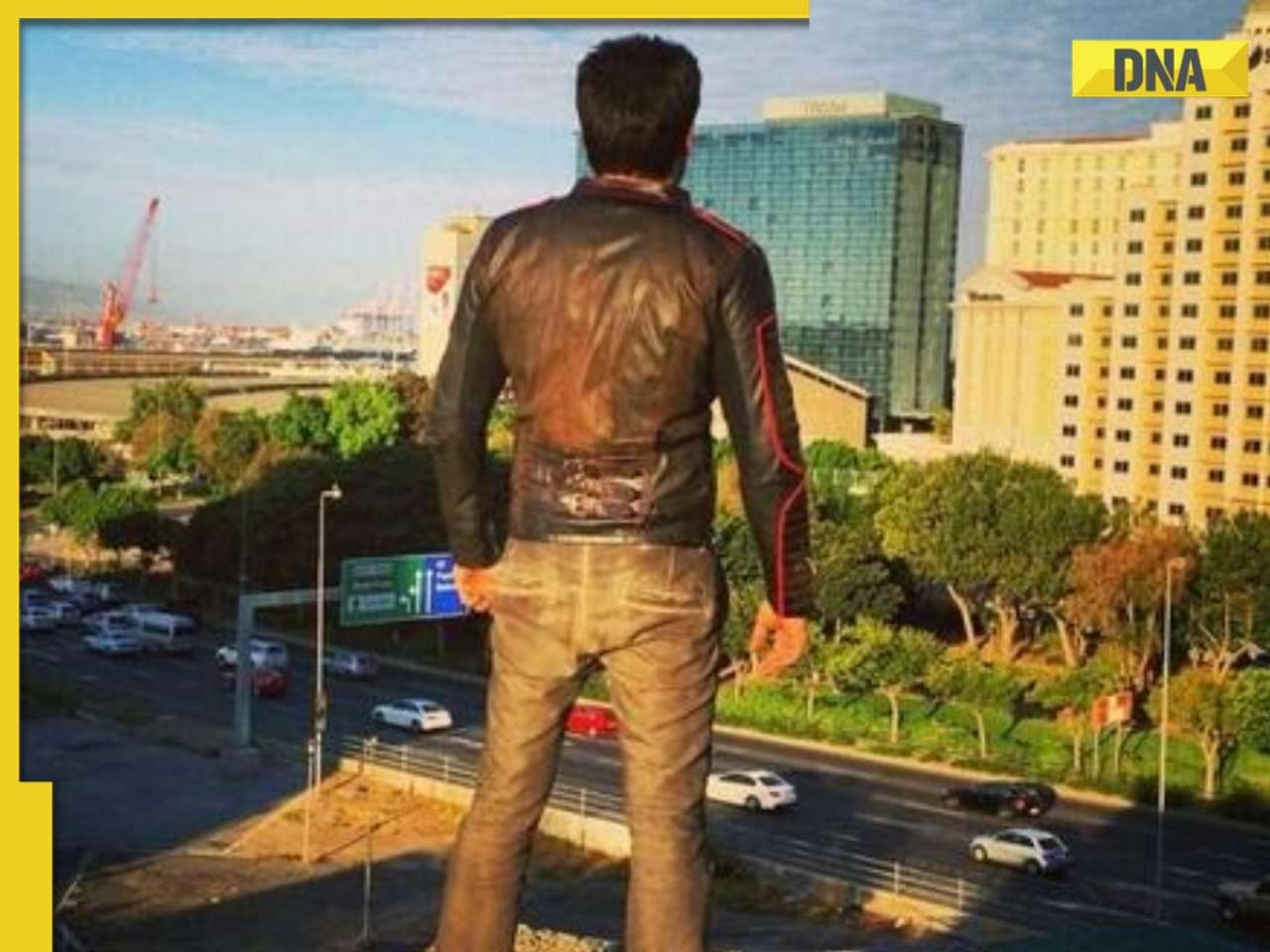
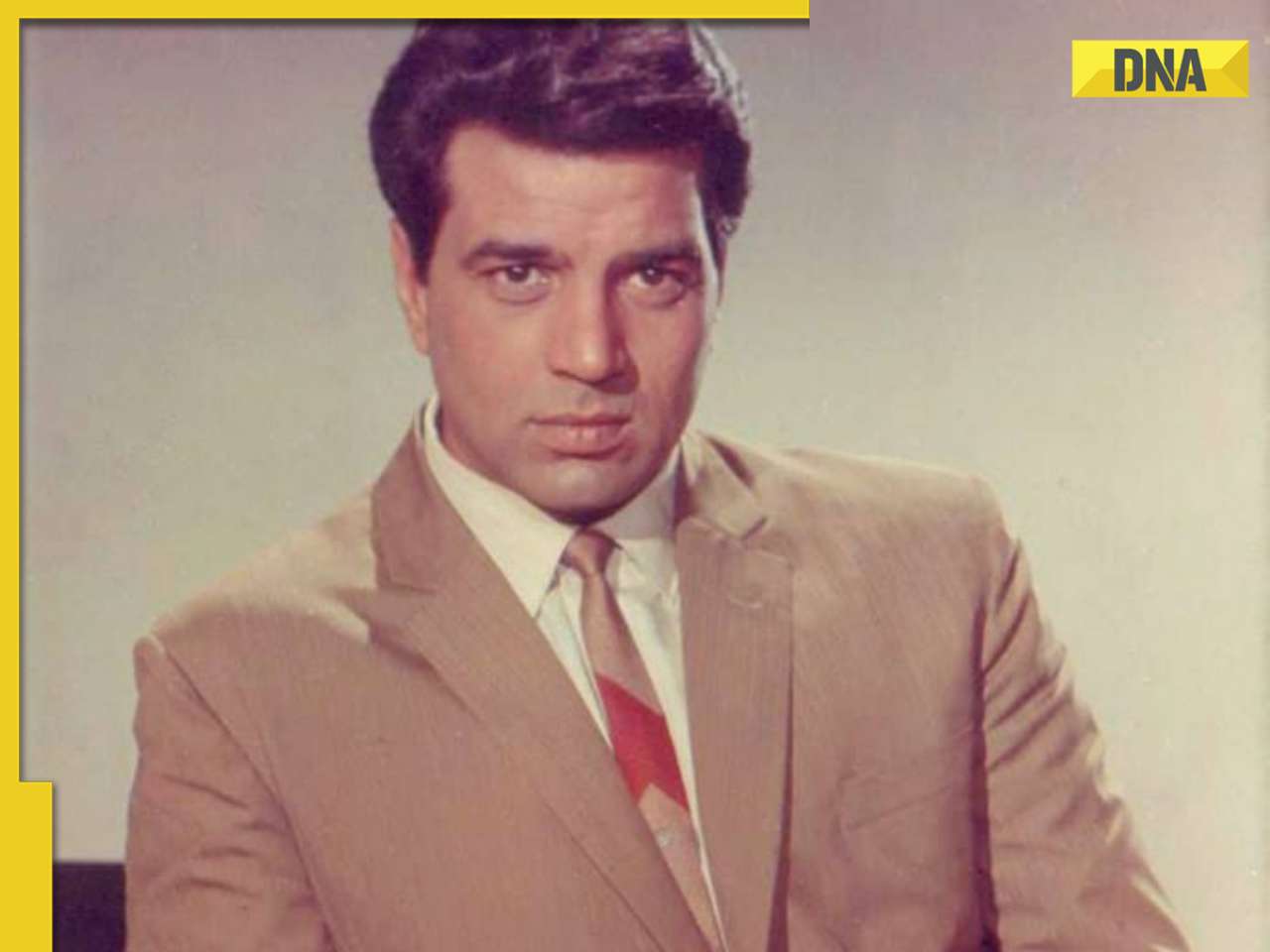
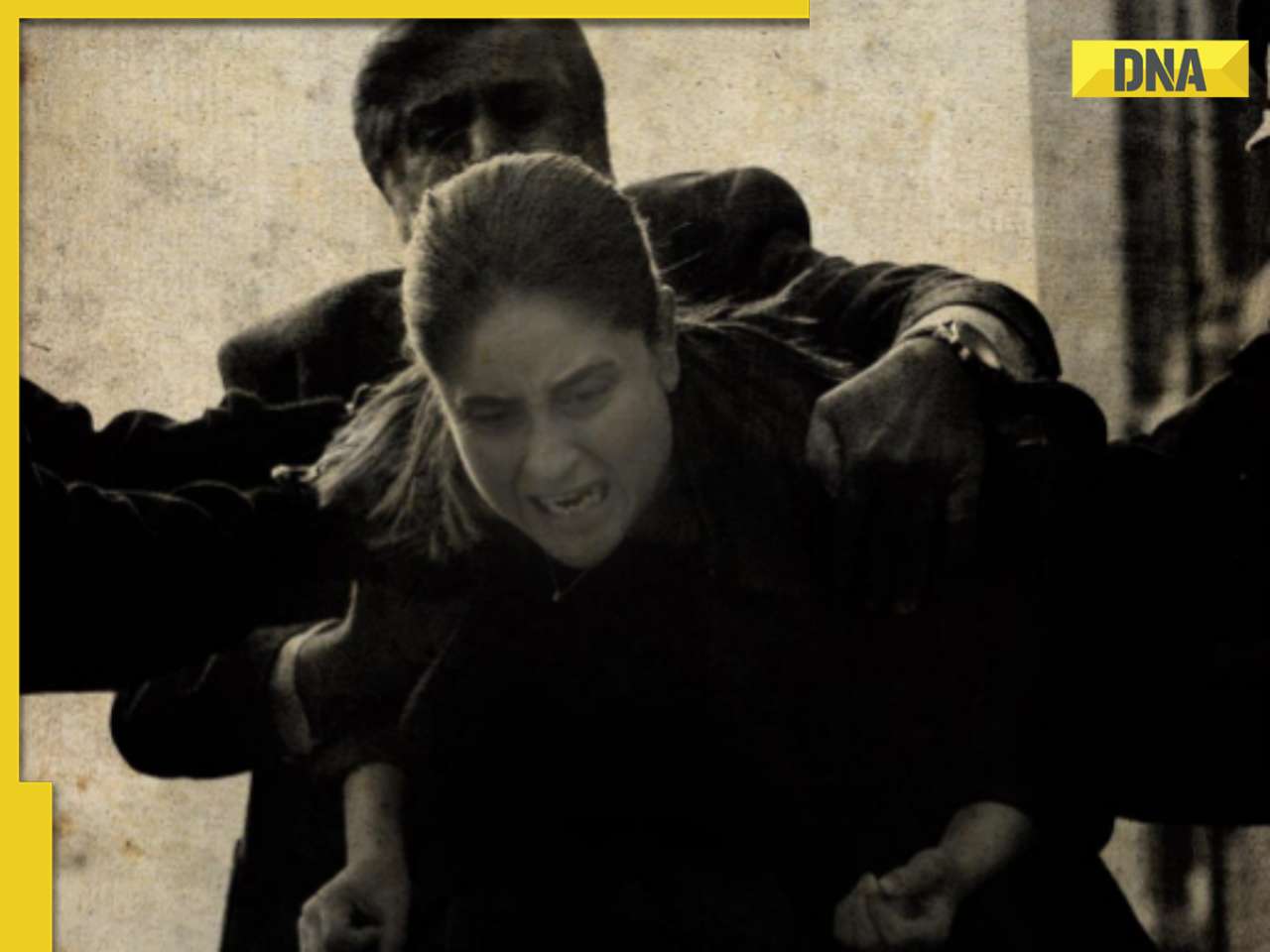




)
)
)
)
)
)